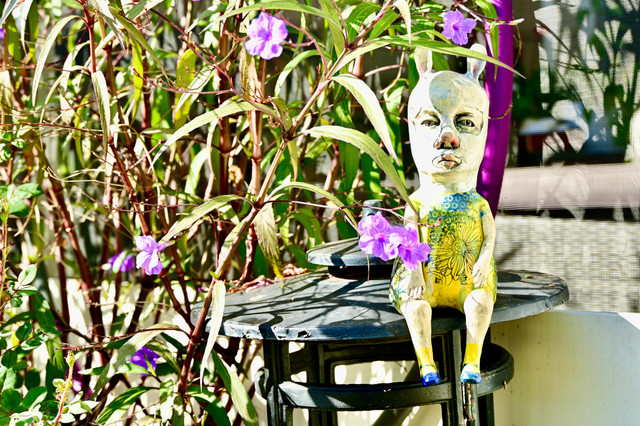HOME | DD
 crimsonpenguin — Macro Ratio Reference
by-nc
crimsonpenguin — Macro Ratio Reference
by-nc

Published: 2010-04-06 00:03:33 +0000 UTC; Views: 1242; Favourites: 5; Downloads: 25
Redirect to original
Description
This is a reference of how big different macro reproduction ratios are on an APS-C sensor. APS-C is the size most digital SLRs have, and it's basically 2/3 the size of 35mm film (this one in particular is 23.4 x 15.6 mm).I used a piece of lego, because I think pretty much everyone has seen lego, and most people even have some lying around that they could take photos of with their own camera to compare.
The reason I made it, is that a lot of cameras are capable of taking photos of an area as small as 1:1 on an APS-C sensor, but without a reference, it's impossible to tell how it compares. Note that 1:3 isn't really macro at all, just a closeup. 1:2 to 1:1.2 is sort of macro, depending who you ask. 1:1 is definitely macro. I included them all just for reference. 1.65:1 is just for fun - that's with my +5 closeup lens on.
In case anyone's curious, the photos are taken with a Pentax K20D, with a Vivitar 100mm f2.8 1:1 macro lens (from 1988), at f8. The 1.65:1 one has a +5 closeup lens on the end, and was taken at f10. The lighting is horrible, but I figured it didn't matter for something like this.
EDIT: nakitez pointed out that the last one is really 1.65:1, not 2.74:1; I've updated it accordingly.
Related content
Comments: 16

Thanks! Glad it was useful.
👍: 0 ⏩: 0

Hey this is great, good to have some visual examples for those who don't understand all that talk about sensors (*cough* including me 
👍: 0 ⏩: 1

Glad it's useful. 
👍: 0 ⏩: 1

Uh, okay. Well it's still a macro 
👍: 0 ⏩: 1

Hmm, I never actually measured my lens at 1:1, maybe it's not exactly that either. Don't you use a real 1:1 lens too?
👍: 0 ⏩: 1

Well, there's that window where you can see it... like this [link] and it says 1.05 there. 
👍: 0 ⏩: 1

Oh, I see. Similar to mine; that's interesting it goes to 1.05 though.
👍: 0 ⏩: 1

nice work but I wonder how do you calculate the number 2.74:1.
👍: 0 ⏩: 1

Thanks! I calculated it a while ago: [link]
Since they're both taken at 1:1 + the +5 closeup lens, it must be the same. The other numbers come directly from the lens' focus ring.
👍: 0 ⏩: 1

I think the magnification ratio should be around 1.7. Your sensor is 23.4mm. and the ruler shows around 14mm.(or is it inches?) 23.4/14= 1.7. It is still a macro for sure.
You calculated the area, which is wrong imho. It should be the width.
I think you got 1.7x magnification with +5 diopters close up filter and your 1x macro lens at the closest focus distance.
👍: 0 ⏩: 1

My goodness! I think you may be right. I still think that area makes more sense, but you're probably right that width is what's commonly used, so it's misleading to not use it. I had thought that APS-C sensors were 2/3 the area of full frame, but I just looked at the numbers and it's really 2/3 of the width. That's really a bigger difference!
Thanks for pointing this out! I'll look into it a little more, and then try to correct it soon.
👍: 0 ⏩: 1

Full frame or crop, sensor type has no affect on magnification. It all matters the ratio of life size and the image on the sensor.
Lets say an bug is 10mm. long in life size, the image of the bug drops on your sensor as 20mm. you got 2x magnification.
👍: 0 ⏩: 1

Well yes, it does make for much easier calculations of magnification that way. I just think the other way would make more sense - but I'm fairly certain your way is the standard way, so I must switch everything. Sensor size makes no difference for magnification, but it does make a difference how big of a subject you can fill the frame with at a given magnification level.
Unfortunately my Photoshop is broken right now, so I can't edit the 2.74:1 calculation picture right now. I can edit this one though, and will probably do that tomorrow. I calculate the ratio I'm getting, going by this method, is 1.65:1. Makes me want an 65mm MP-E lens even more! Though I don't have a Canon...
Anyway, thanks again for pointing this out.
👍: 0 ⏩: 1



























